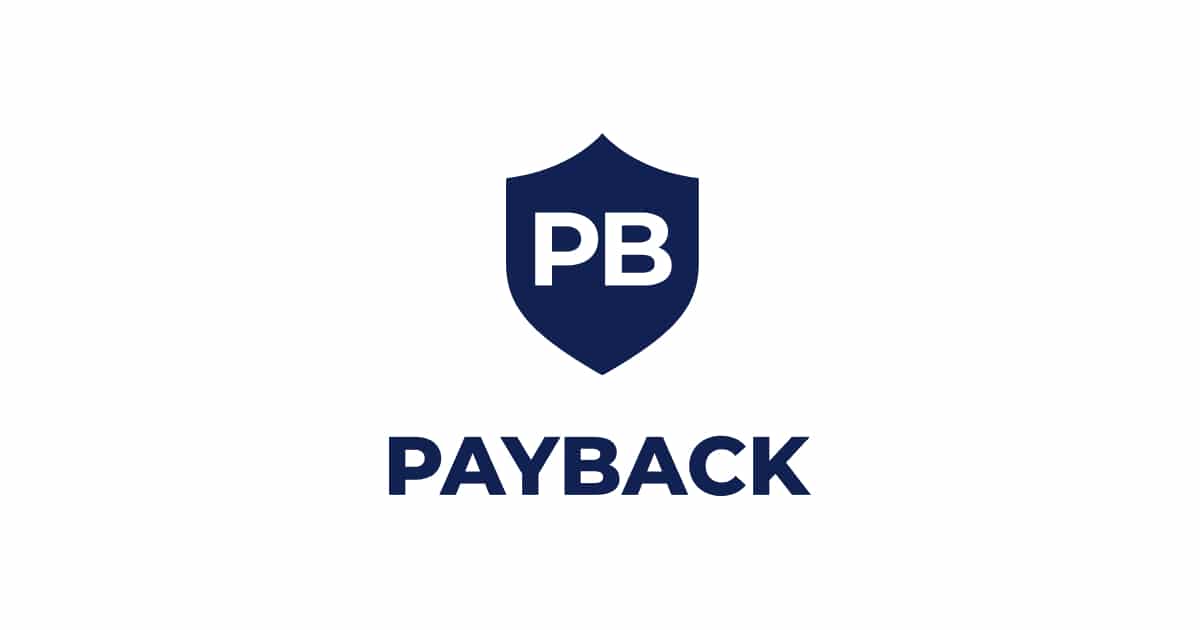The Stock to Flow Bitcoin model predicts that one bitcoin will be worth $1 trillion in 2050, if the current growth rate continues. However, this exponential growth will end in a decline when the asset reaches negative feedback factors. As a result, one bitcoin will never reach its peak.
Stock-to-flow ratio
Bitcoin’s stock-to-flow ratio (S2F) is a key indicator of its price. The stock-to-flow ratio is calculated by treating the digital currency like a commodity, similar to gold. It shows how much new supply enters the market each year. A higher S2F indicates a more stable price and greater long-term value.
The ratio is calculated by using two metrics. The first is the total number of coins in circulation, and the second measures the amount of new supply entering the market each year. The higher the S2F, the higher the price, as there is a decreasing supply of the asset. A higher ratio means an asset will retain its value over time, and a lower ratio means the price will fall over time.
If Bitcoin has a high S2F, it means that it is relatively scarce, which means the price will increase. In this case, investors might want to sell their cryptocurrency to profit from the current high prices, or buy more, as the price is expected to rise.
Scarcity of asset
Stock To Flow is a financial concept that measures how valuable a particular asset is in relation to its supply and demand. The theory is based on the concept that scarce resources tend to hold more value than plentiful ones. This is the case with precious metals such as gold. The reason for this is that they have a relatively stable value and a predictable flow. While fiat currencies are subject to inflation, gold is relatively stable, and its scarcity makes it a good store of value.
The Stock To Flow model tries to model Bitcoin’s value by analyzing the supply and demand relationships between the two. Bitcoin is relatively rare compared to gold, silver, or even other commodities, so its value is determined by its scarcity. A high Stock To Flow ratio means that prices will increase over time as supply becomes limited.
The Stock To Flow model was first developed by an anonymous Twitter user named PlanB. He claimed to be an institutional investor with a background in quantitative finance and legal studies. PlanB said he manages around $100 billion worth of assets. The model uses a mathematical formula that measures the ratio of supply to circulation. The higher the ratio, the scarcer the asset is.
Forecasts of future value
There are a number of ways to predict the value of Bitcoin, but the stock-to-flow method has proven controversial. It relies on the level of supply while ignoring the demand for the currency. However, this model does highlight one of the advantages of Bitcoin: its monetary policy is extremely stable. While the value of a commodity is generally backed by another commodity, Bitcoin is not backed by any other asset. That means that it’s a good store of value in the long run.
Another way to predict the future value of Bitcoin is to compare the supply of the digital currency to the supply of the currency. Bitcoin has historically risen as the supply of the currency tightens. This scarcity measure can help determine the right time to invest in BTC. The stock-to-flow model uses regression analysis to estimate the future price of Bitcoin based on its supply schedule.
The stock-to-flow model has been used to predict the future price of bitcoin, though the results have not been conclusive. The price of bitcoin has fluctuated dramatically over the past two years, but the S2F model has come close to predicting the price of Bitcoin. In 2019, Pantera Capital, a hedge fund that specializes in cryptocurrencies, predicted the price of bitcoin would hit $115,000 by August 2020. The price of Bitcoin is slightly below the forecasted price.
Fail of econometric model
The econometric model used by the authors of the Bitcoin paper treats the digital currency as if it had no income. In doing so, it establishes a relationship between the stock-to-flow (SF) and price variables, which can be quantified and inferred. It also uses logarithmic values to illustrate the linear relationship between the variables. However, if the relationship between the variables was nonlinear, the model would not be able to make meaningful predictions.
Its shortcomings include ignoring the effect of demand. It also fails to account for the fact that Bitcoin is not the only crypto asset in circulation. A large number of emerging projects are competing for attention and reducing the dominance of digital gold. Furthermore, the Stock To Flow model fails to take into account the volatility of the asset. This is one of the most significant factors in determining the value of a scarce asset.
In short, the stock-to-flow model fails to account for the fact that bitcoin’s demand has outstripped its supply. Despite a double-digit inflation rate in the past few years, bitcoin’s demand has continued to grow exponentially. If this trend continues, one bitcoin will be worth $1 trillion by 2050.










